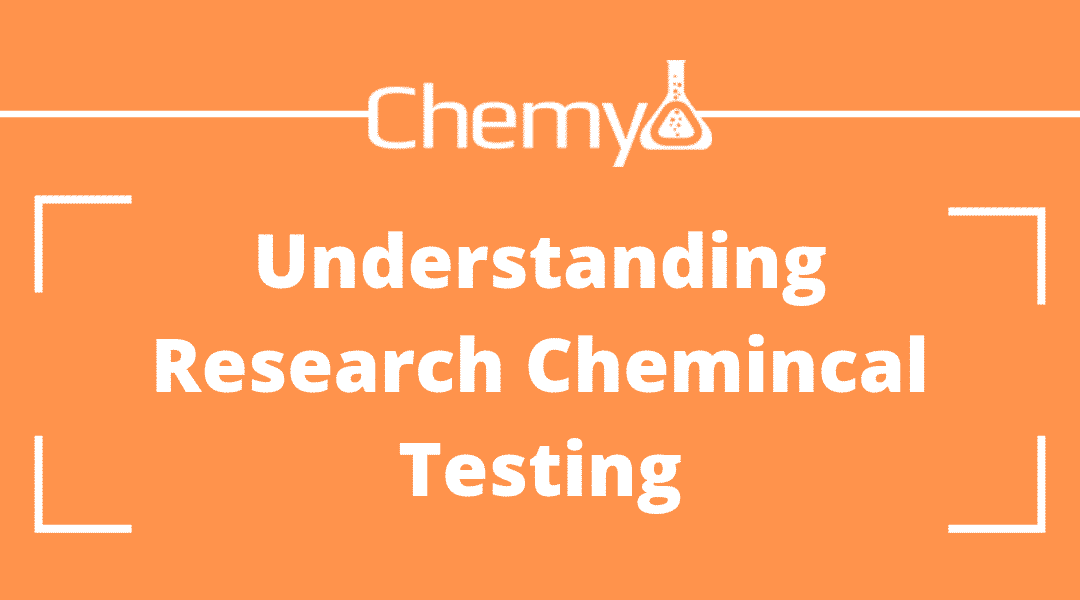PLC stands for High Performance Liquid Chromatography, and is a technique used to separate different constituents of a compound using high pressure to push solvents through the column. It is the most widely used technique to identify, quantify and separate components of a mixture. HPLC is widely used for the analysis of constituents of a pharmaceutical actives, drug products, pesticides, and countless other substances.
In UPLC, or ultra-high performance liquid chromatography, column particle size of less than 2um can be used. This allows for better separation than the typical particle size of 5um that are used in HPLC. It also allows for a very fast analysis. Though, UPLC is a trademark technology it is used as a general term for this technique. Whereas the pump pressure in HPLC is 40MPa, in UPLC, this pressure can go up to 100MPa, which is what makes this technique so very exciting and efficient.
Characterization of Semi- and nonvolatile Materials by High Pressure Liquid Chromatography (HPLC)
Impact Analytical offers HPLC testing services to separate, characterize, identify, and quantitate semi- and nonvolatile materials in various sample matrices. Our state-of-the-art HPLC capabilities allow for detection of trace level analyses. Suited with both Waters and Agilent HPLC and UPLC systems, Impact Analytical is equipped with the following detectors: UV, Charged Aerosol (CAD), Photo Diode Array (PDA), Mass Spectrometer (MS) and Refractive Index (RI). Our equipment is qualified for testing under cGMP or GLP (FDA, EPA) guidelines, if needed. A summary of services that offered utilizing HPLC is included below:
- Actives Quantitation
- Additive Analysis
- Extractables and Leachables
- Assay and Impurity Analysis
- Identification including Contaminant Analysis and quantitation
- Method Development, Transfer, and Validation
Ultra-Performance Liquid Chromatography
Impact Analytical offers Ultra-Performance Liquid Chromatography (UPLC) testing services which is the newest technology in liquid chromatography. UPLC involves the liquid chromatography at high pressures, providing chromatography that outperforms traditional HPLC in peak resolution. In addition, UPLC delivers separations in 3 to 10 minutes, as compared to 15 to 20 minute separations in traditional HPLC. Below, an overlay of chromatograms illustrates the characterization of a standard of polymer additives by UPLC and traditional HPLC.
Traditional HPLC Chromatogram

UPLC Chromatogram

These improvements are accomplished through re-engineered columns that utilize sub-2-µm particles which can handle increased pressures from innovative LC pumps and injectors. Impact Analytical has added a Waters Acquity UPLC to our stable of capabilities, and is leading the migration from HPLC to UPLC. Contact us to discuss how UPLC can simultaneously improve the quality and speed of your separation. We currently offer analysis utilizing UPLC for the following needs:
- Polymer additives analysis/quantitation
- API quantitation
- Method development/validation
- HPLC – to – UPLC method transfer
- Surfactant analysis
- Impurities characterization

